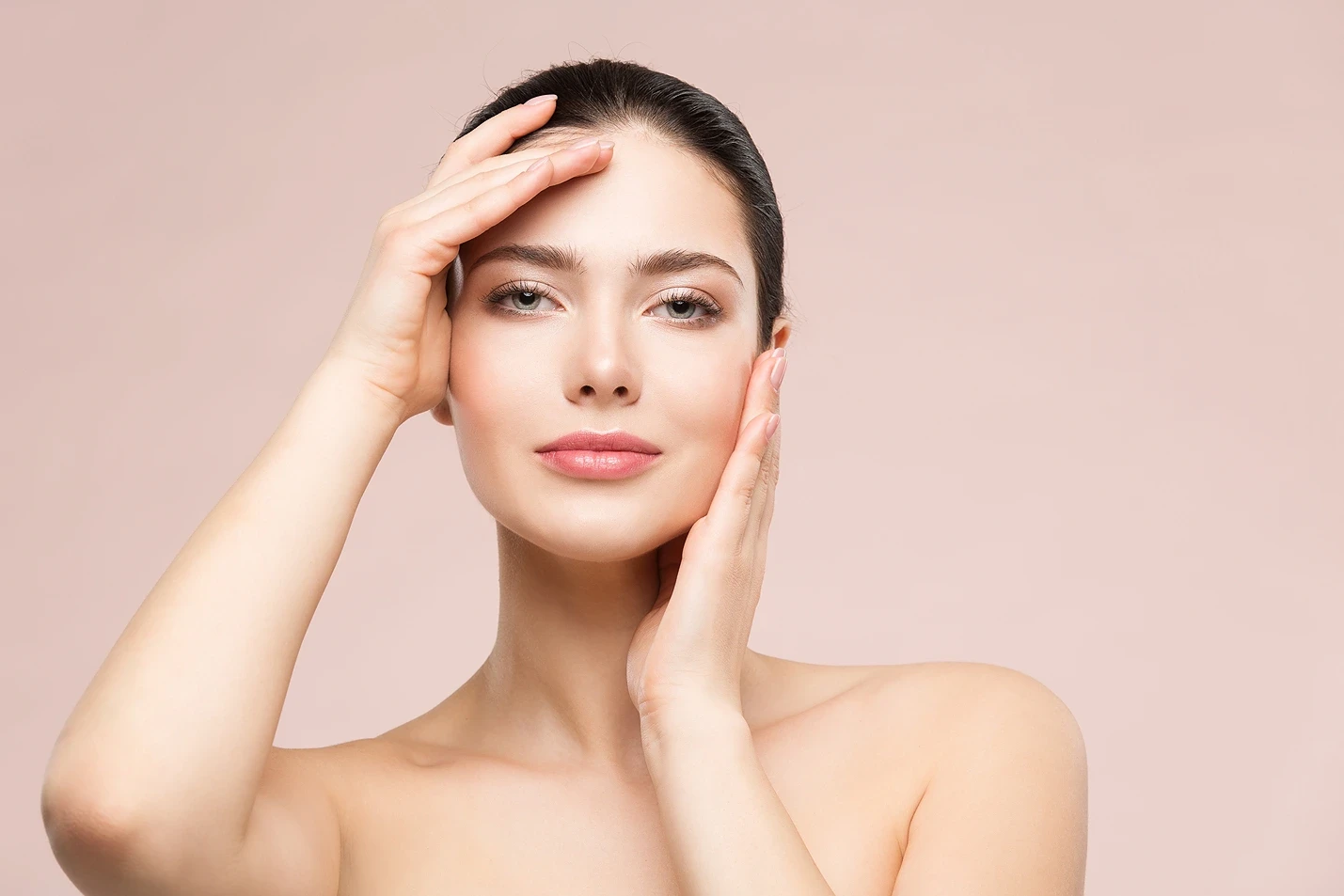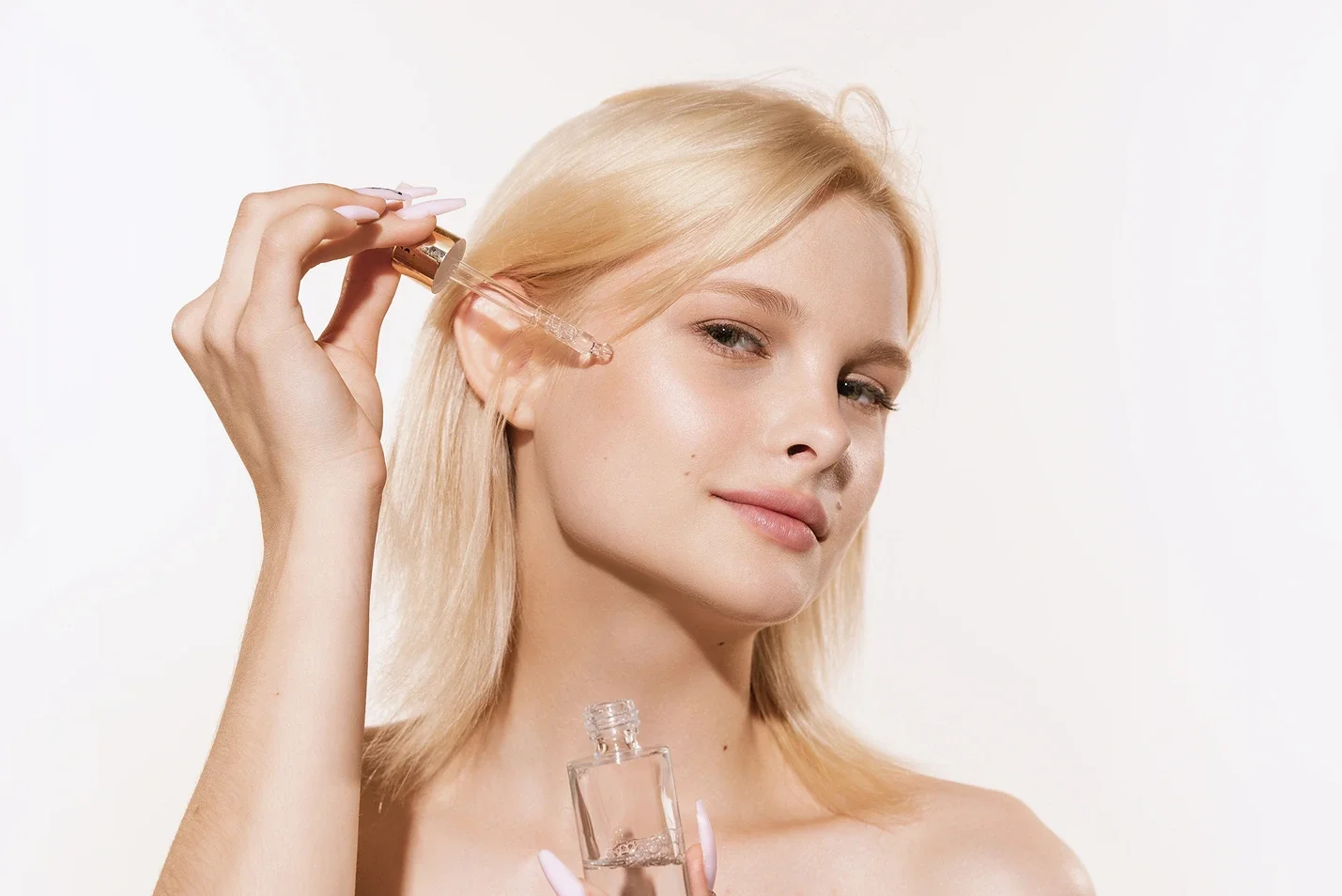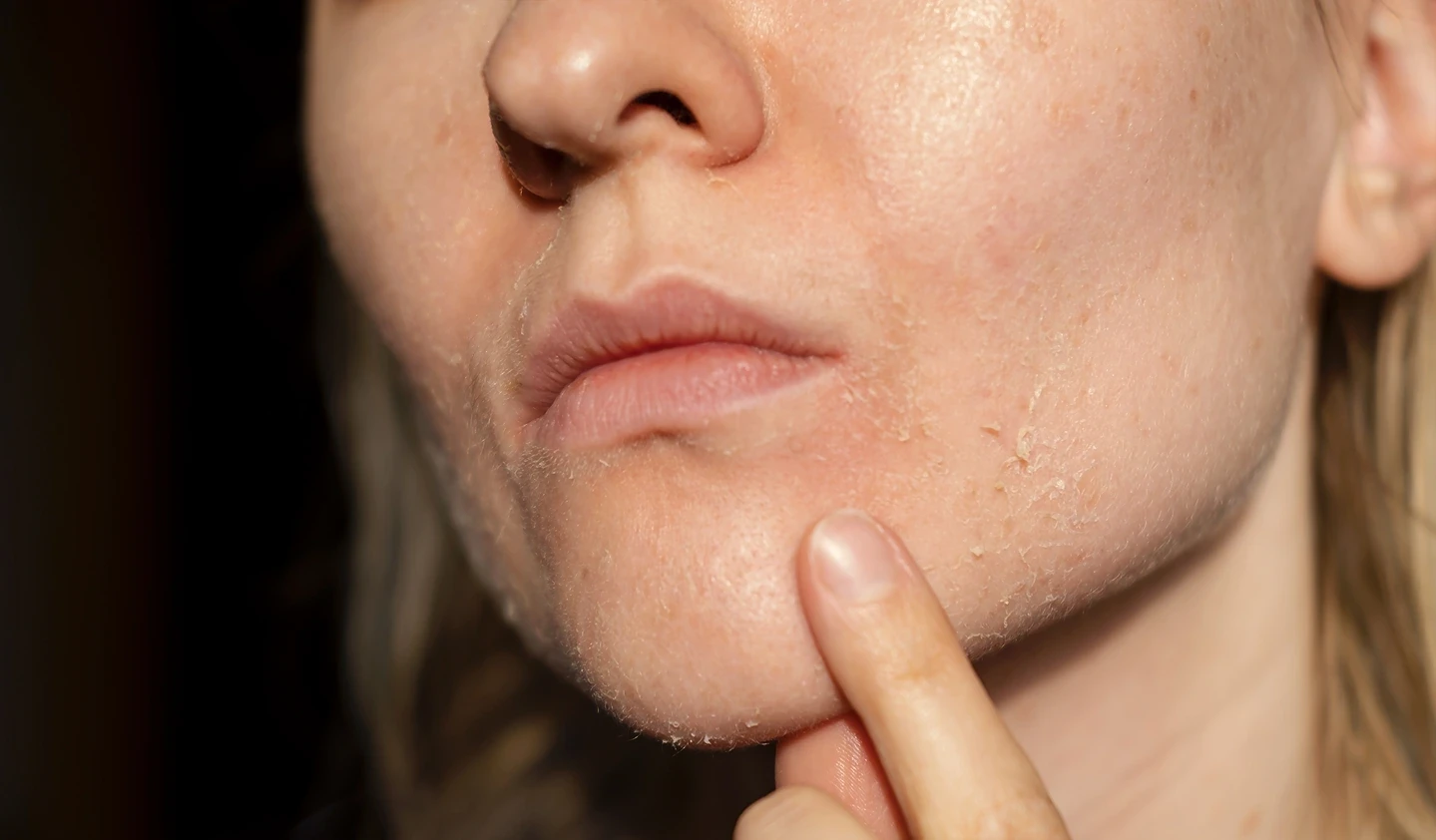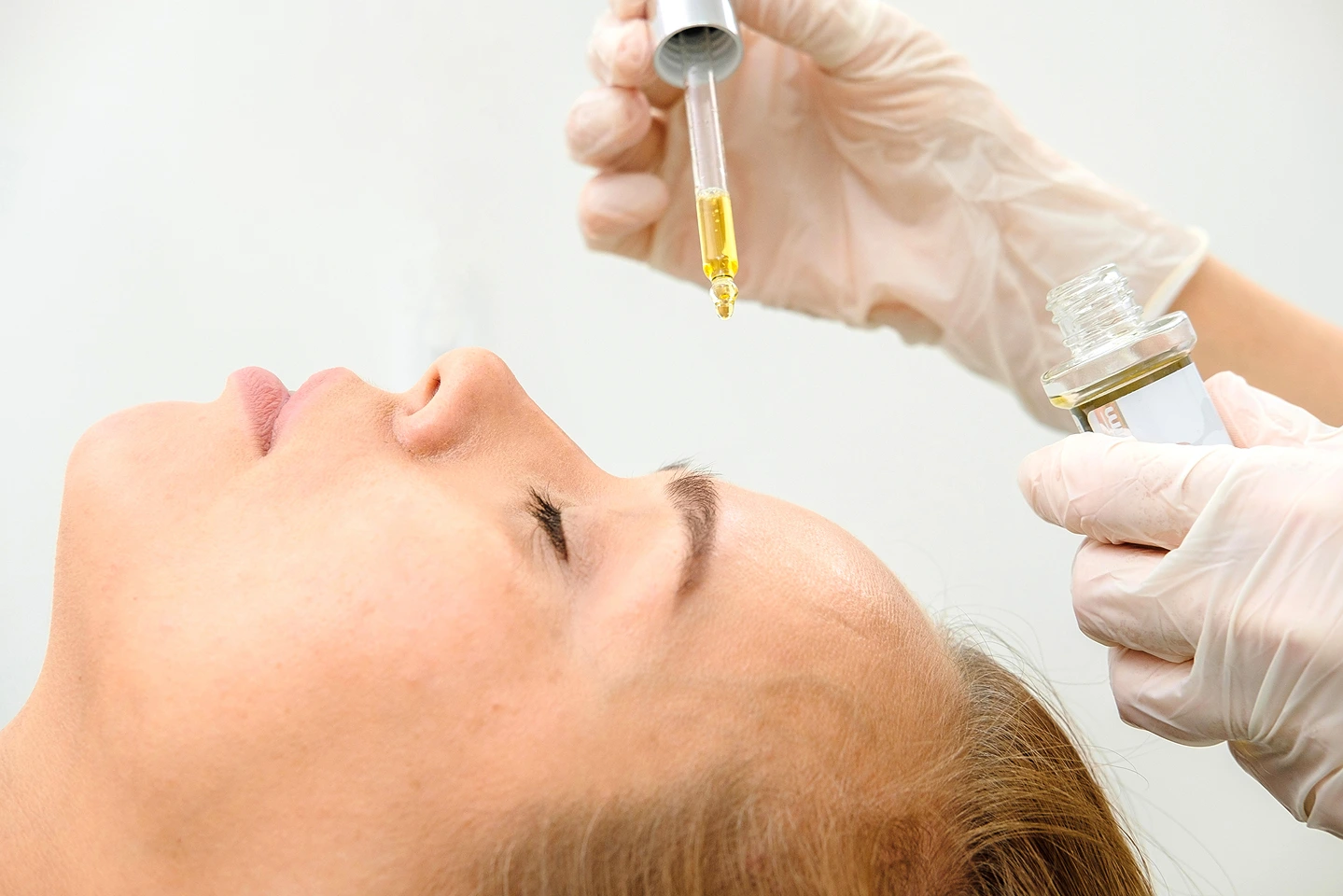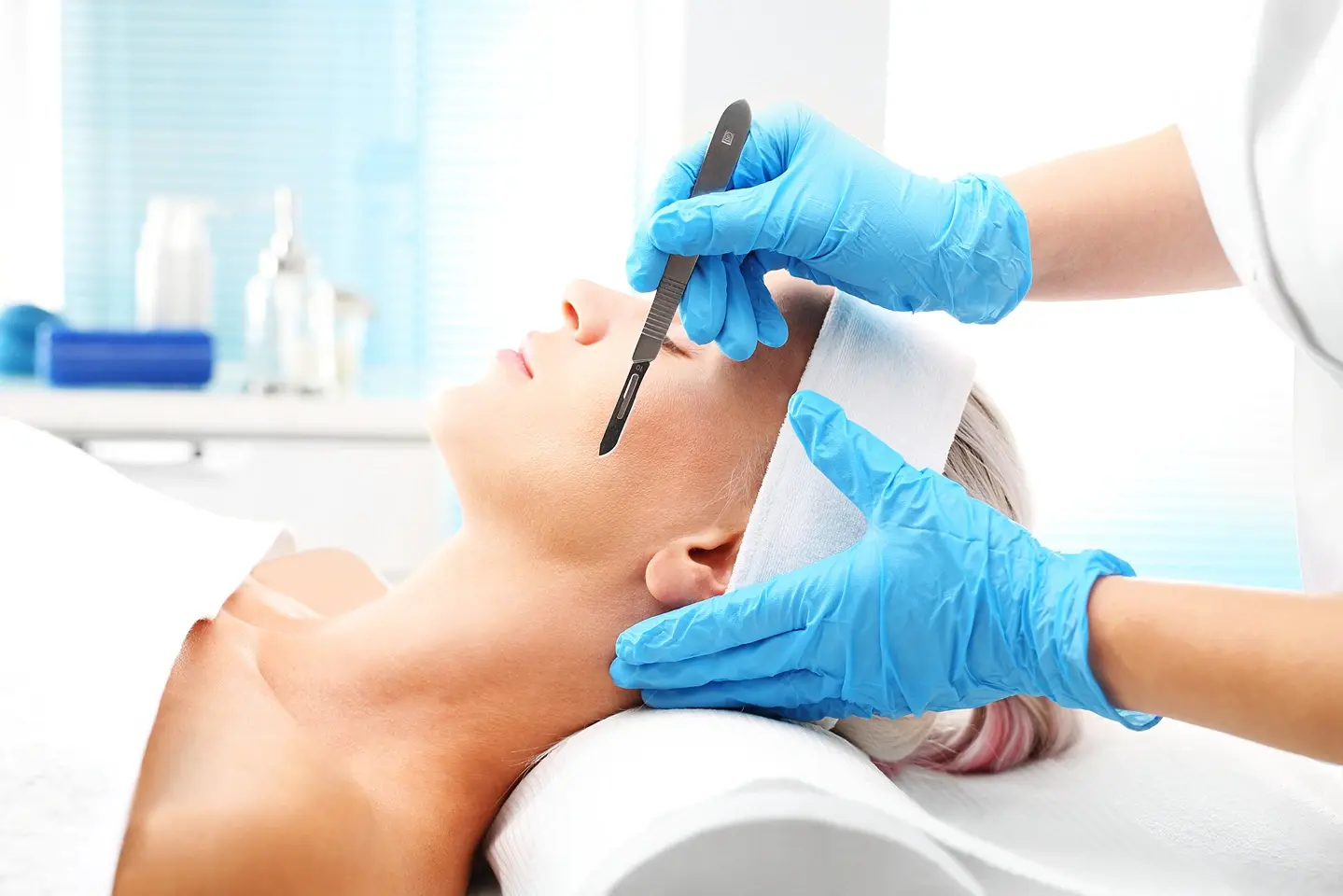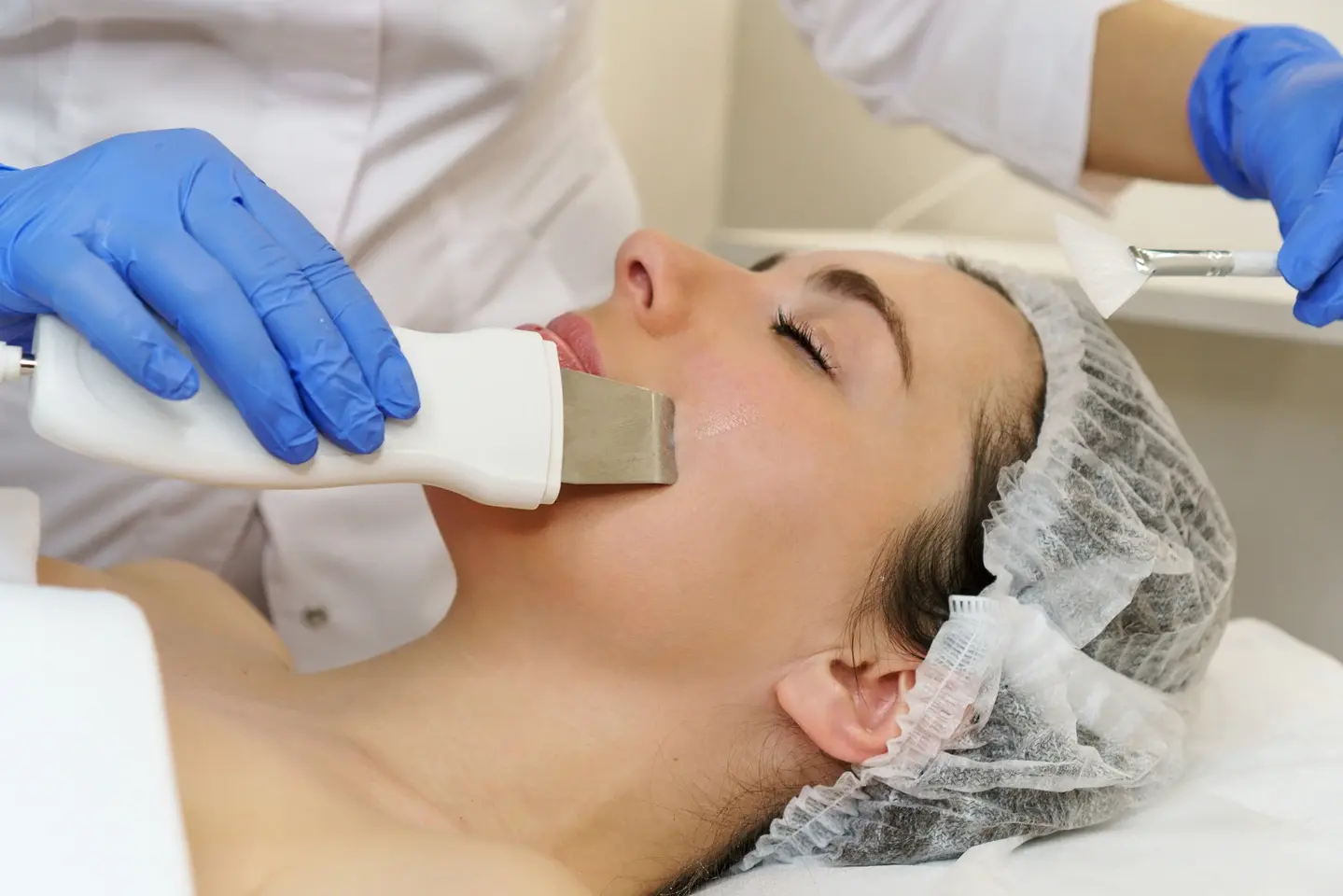A Comprehensive Look at the Pros and Cons
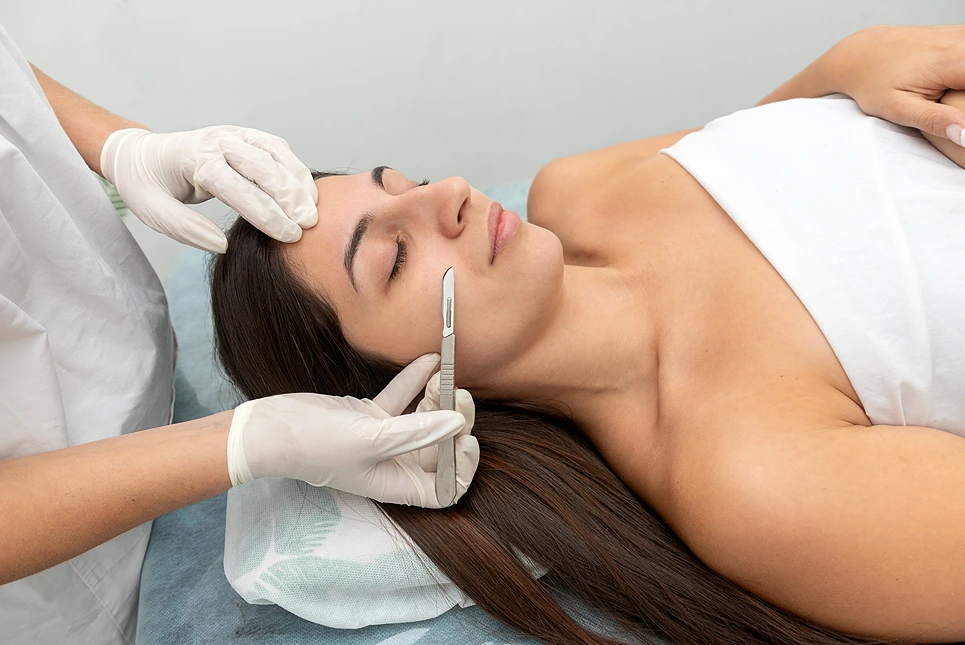
Dermaplaning is a generally safe and effective skin treatment when performed correctly by a professional, offering benefits like smoother skin, improved product absorption, and temporary hair removal, but it’s not suitable for everyone and carries risks like irritation and breakouts if not done properly.
Dermaplaning procedure involves using a small, sharp blade to gently exfoliate the skin and remove fine vellus hairs, often referred to as “peach fuzz”. But is this facial shaving technique safe and effective? Or are there serious risks and downsides to consider? Let’s take an in-depth look at the pros and cons of dermaplaning.
What Exactly Is Dermaplaning?
Dermaplaning is a manual form of superficial skin exfoliation. A sterile, surgical scalpel is used to carefully scrape off the top layer of dead skin cells and peach fuzz hair from the face. The blade removes the stratum corneum, which is the outermost layer of the epidermis.
Unlike deeper chemical peels, dermaplaning only focuses on the topmost layer of skin. It does not affect the deeper epidermal layers where pigment cells reside. This makes it suitable for all skin tones.
The treatment is typically performed on clean, dry skin and takes around 45 minutes from start to finish. Several gentle, featherlight strokes are used to slide the scalpel across the face. Areas like the hairline, eyebrows, lips and nostrils are avoided.
What Are the Main Benefits of Dermaplaning?
Smoother, Brighter Complexion
Removing dead skin cells reveals a more radiant complexion with improved texture. Many patients report their skin looks instantly smoother, softer and brighter after a treatment.
Enhanced Product Absorption
Exfoliation helps skincare products absorb better. Dermaplaning preps the skin so serums, creams and masks can penetrate on a deeper level.
Makeup Applies More Evenly
The removal of fine facial hairs allows makeup to glide on smoothly without getting caught on peach fuzz. This creates an ideal canvas for flawless makeup application.
Temporary Hair Removal
Dermaplaning effectively gets rid of unwanted vellus hairs on the face. Hair regrowth after dermaplaning is not thicker or darker.
Gentle Exfoliation for Sensitive Skin
The manual exfoliation is gentle enough for rosacea and sensitive skin types that cannot tolerate deeper chemical peels.
No Downtime
There is no recovery period needed after dermaplaning. Patients can resume normal activities right away with minimal redness.
Safe for Pregnant Women
Dermaplaning is considered safe for pregnant and breastfeeding women because no chemicals penetrate the skin. Always check with your OB-GYN first.
What Are the Risks and Side Effects of Dermaplaning?
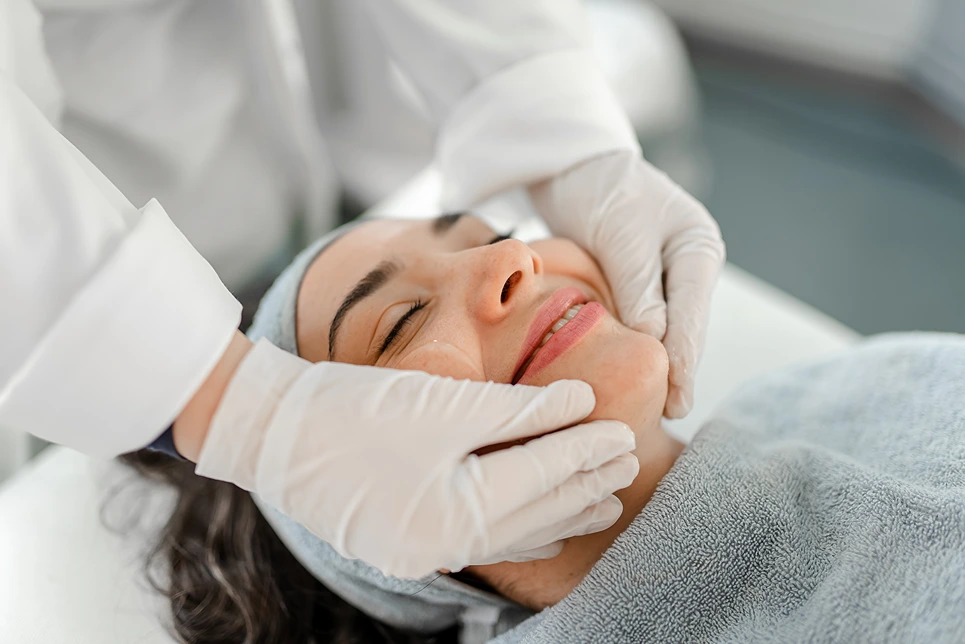
While generally safe when performed correctly, dermaplaning does carry some risks and potential side effects:
Skin Irritation
Scraping a blade across the face can cause redness, dryness, flaking, rashes and irritation. This is more likely on sensitive skin types.
Breakouts
The blade may transfer bacteria across the skin leading to breakouts. Dermaplaning should not be performed on active acne.
Cuts and Nicks
If the blade is held at an improper angle too much pressure is applied, cuts and nicks can occur. This leads to an increased risk of infection.
Scarring
In very rare cases, dermaplaning scars may occur if cuts are deep. Proper technique minimizes this risk.
Hair Regrowth Issues
While dermaplaning does not stimulate new hair growth, ingrown hairs and folliculitis bumps may appear as the hair grows back.
Eye Injuries
Trying dermaplaning at home near the delicate eye area carries the risk of injuries occurring.
Who Should Refrain From Trying Dermaplaning?
- People with active viral infections like cold sores or warts
- Anyone with active acne, rosacea, eczema, psoriasis and other inflammatory skin conditions
- Those with a history of keloid scars
- Individuals on medications like blood thinners, Retin-A, Accutane and other acne prescription treatments
- Anyone with skin sensitivities to fragrances, metals or latex
The Case for Professional Dermaplaning
Dermaplaning is highly technique-sensitive. The proper angle and amount of pressure must be used to safely exfoliate the skin and avoid nicks and cuts. Professionals have extensive training on performing the treatment safely and hygienically. They use sterile, surgical-grade blades and follow medical disinfection protocols.
At-home dermaplaning with unsterilized tools carries risks of infection. Over-the-counter razors are not designed for facial exfoliation and skin can get caught in the multiple blades. Dirty blades can transfer bacteria.
Seeking dermaplaning from a licensed esthetician or dermatologist ensures proper sanitation and care. The results will be superior compared to DIY attempts. You can also discuss your skin concerns and customize your treatments.
How Much Does Professional Dermaplaning Cost?
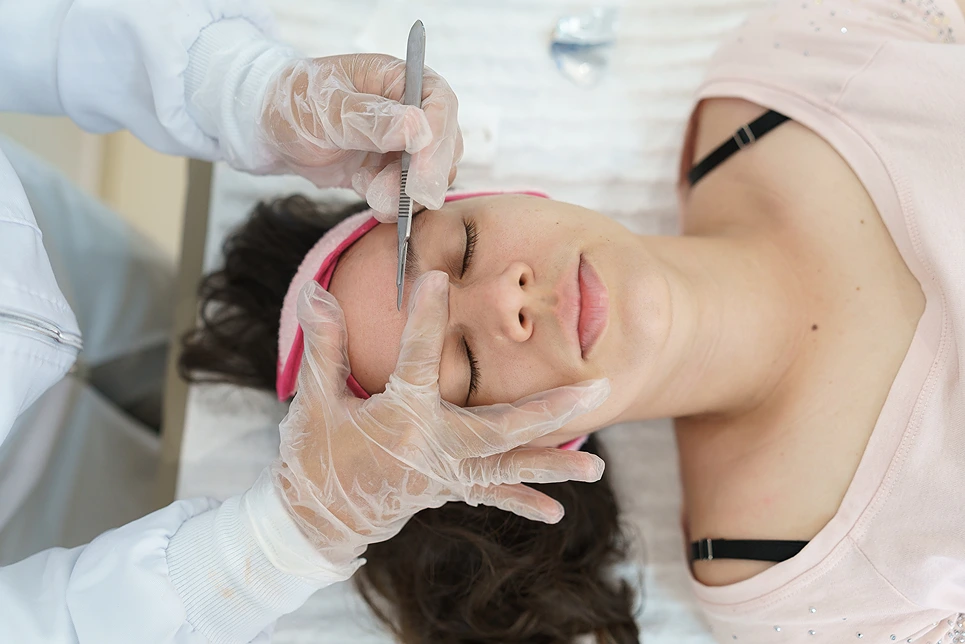
The cost of dermaplaning varies based on your location and provider. On average, expect to pay:$75 – $150 per treatment at a medical spa
$100 – $300 per treatment at a dermatologist’s office
Packages of 3 or 6 sessions are often offered at discounted rates. Dermaplaning is usually not covered by insurance since it is a cosmetic treatment.
Are There Ways to Reduce the Costs?
Here are some tips to save money on professional dermaplaning:
- Ask about discounted first-time client rates
- Buy packages or membership plans for multiple treatments
- Look for seasonal promotions and holiday specials
- Sign up for clinics’ email lists for special offers
Important Precautions:
- Choose a reputable clinic and licensed aesthetician: While saving money is great, prioritize your safety and the quality of the treatment. Always choose a reputable clinic with experienced and licensed professionals.
- Read reviews and ask for referrals: Before booking an appointment, check online reviews or ask friends and family for recommendations to ensure you’re choosing a trustworthy provider.
- Don’t be afraid to negotiate: Some clinics may be open to negotiating prices, especially if you’re purchasing a package or multiple treatments.
- Be wary of extremely low prices: If a deal seems too good to be true, it probably is. Extremely low prices may indicate the use of subpar products or tools, or a lack of experience on the part of the aesthetician.
How Long Do the Results of Dermaplaning Last?
Dermaplaning smooths the skin surface and provides an immediate glow. However, the results are temporary. Skin cells regenerate quickly and non-terminal vellus hairs will grow back.
On average, the exfoliation effects last around 7 to 10 days. Facial hair regrowth becomes visible around 2 to 3 weeks later. Maintenance appointments every 4 to 6 weeks are recommended.
Using a gentle daily AHA/BHA exfoliant extends the smoothing effects. Avoiding harsh scrubs between treatments helps maintain the results for longer.
What About At-Home Dermaplaning Tools?
At-home dermaplaning tools are cheaper alternatives but they have drawbacks:
- The blades dull quickly and need frequent replacing
- Ingrown hairs and irritation are more common
- It is difficult to properly sterilize the tools at home
- Applying even pressure is challenging on your own face
Disposable dermaplaning razors with protective guides may be safer for DIY treatments. Always disinfect the face first and use light, short strokes. Online tutorials can offer guidance on technique.
However, for the best results with minimal risks, consulting a skin care professional remains ideal.
Potential Alternatives to Dermaplaning
If you are wary of using a scalpel on your face, even in a clinical setting, you may want to consider substitutes like:
- Glycolic acid peels – Offer a deeper exfoliation without blades
- Microdermabrasion – Uses a wand with crystals to resurface the skin
- Sonic cleansing brushes – Gently exfoliate daily with spinning bristles
- Laser hair removal – Provides longer-lasting facial hair reduction
However, these options may cause more discomfort, downtime, expenses or side effects compared to a simple dermaplaning procedure.
The Takeaway: Is Dermaplaning Ultimately “Bad”?
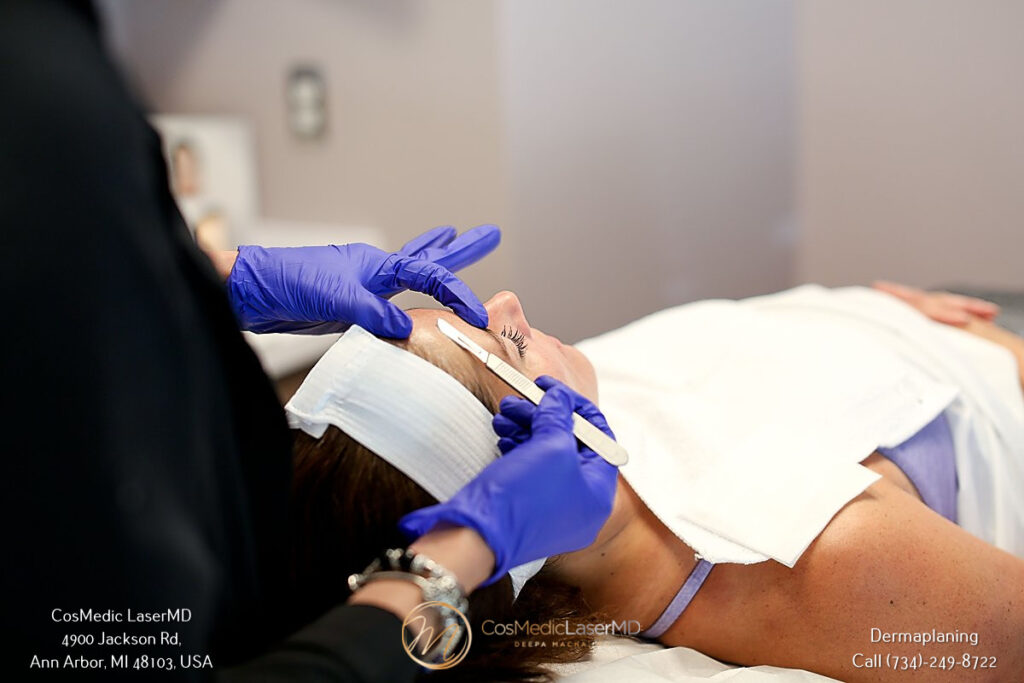
While no treatment is risk-free, dermaplaning does offer several benefits for skin exfoliation and hair removal when performed correctly under sterile conditions. The risks are low and generally outweighed by the rewards for most patients.
However, it is not suitable for every skin type and careful precautions are required. Trying to dermaplane at home without proper training has more potential downsides. Working with a licensed esthetician helps ensure you get smooth, hair-free skin safely with minimal side effects.
Dermaplaning itself is not inherently “bad”. But improper techniques and unsterile conditions can make it so. With cautiousness and care, dermaplaning can give your skin the gorgeous glow you’ve been looking for.


